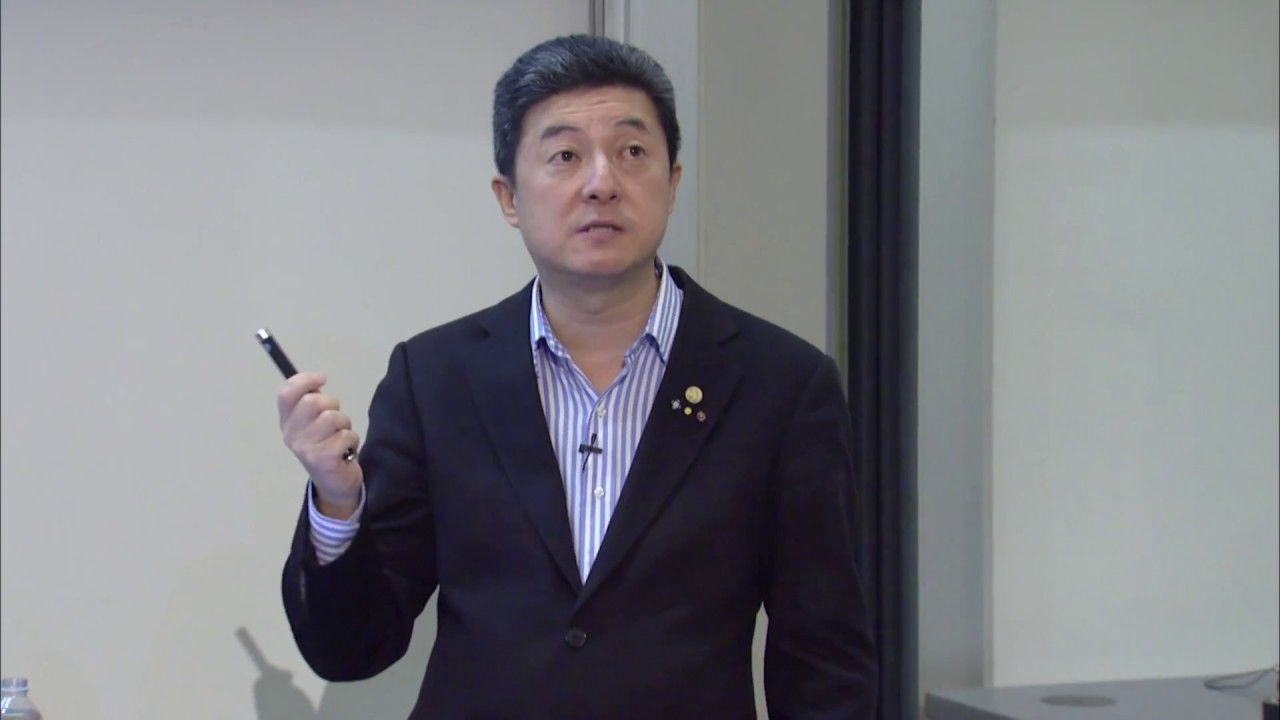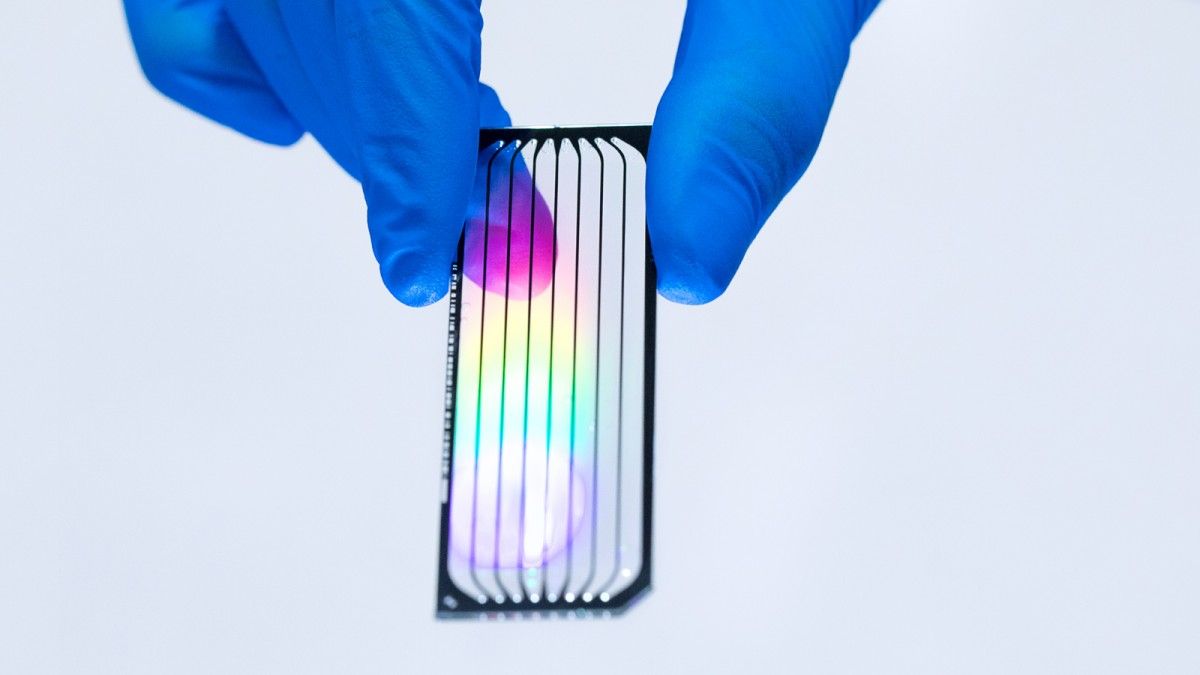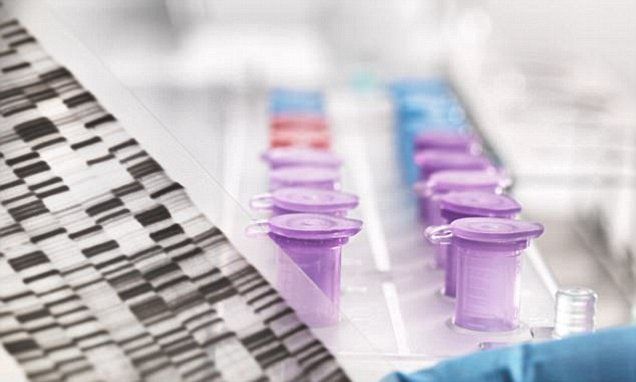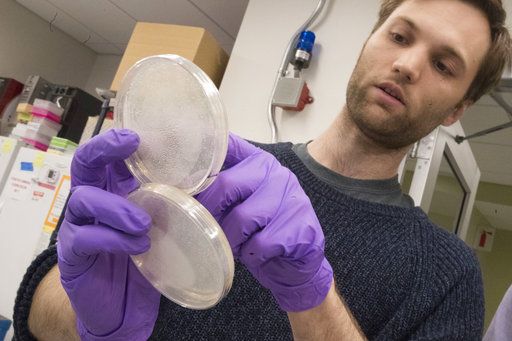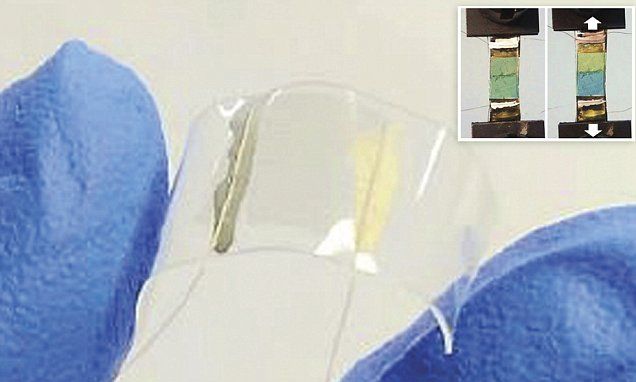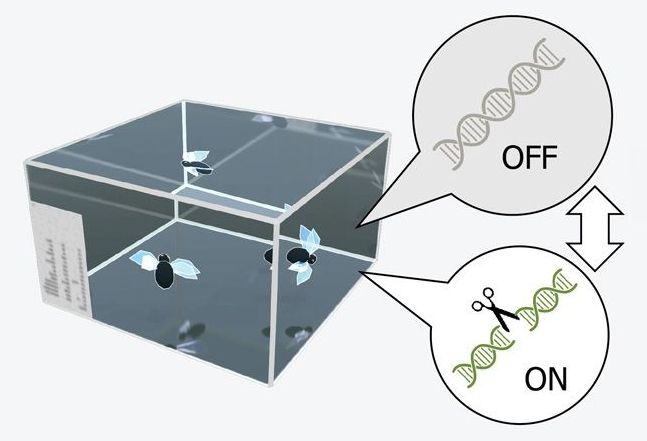The interdisciplinary nexus of biology and engineering, known as synthetic biology, is growing at a rapid pace, opening new vistas that could scarcely be imagined a short time ago.
The unique swimming strategies of natural microorganisms have inspired recent development of magnetic micro/nanorobots powered by artificial helical or flexible flagella. However, as artificial nanoswimmers with unique geometries are being developed, it is critical to explore new potential modes for kinetic optimization. For example, the freestyle stroke is the most efficient of the competitive swimming strokes for humans. Here we report a new type of magnetic nanorobot, a symmetric multilinked two-arm nanoswimmer, capable of efficient “freestyle” swimming at low Reynolds numbers. Excellent agreement between the experimental observations and theoretical predictions indicates that the powerful “freestyle” propulsion of the two-arm nanorobot is attributed to synchronized oscillatory deformations of the nanorobot under the combined action of magnetic field and viscous forces. It is demonstrated for the first time that the nonplanar propulsion gait due to the cooperative “freestyle” stroke of the two magnetic arms can be powered by a plane oscillatory magnetic field. These two-arm nanorobots are capable of a powerful propulsion up to 12 body lengths per second, along with on-demand speed regulation and remote navigation. Furthermore, the nonplanar propulsion gait powered by the consecutive swinging of the achiral magnetic arms is more efficient than that of common chiral nanohelical swimmers. This new swimming mechanism and its attractive performance opens new possibilities in designing remotely actuated nanorobots for biomedical operation at the nanoscale.
Each bot is 5 micrometres long and has three main parts, connected together like sausage links by two silver hinges. Its gold body is flanked by two magnetic arms made of nickel, and applying a magnetic field to the tiny robot makes the arms move.
The next generation bloodstream will be made from biodegradable materials before they can be used in the bloodstream. Less complicated areas in the human body like the urinary tract or the eyeballs should see clinical trials begin within the next five to 10 years. Injecting a single swimmer into an eyeball, where it could deliver medication directly to the retina and then be removed, would be much less complicated than letting a swarm of them swim throughout the entire circulatory system.
Is this the beginning of Skynet? A robot is being hired to help out shoppers at a St. Louis grocery store chain.
Tally will be working the aisles at Schnucks grocery stores looking for items that are out of stock and checking on prices, the St. Louis Post-Dispatch reported.
At Jef Boeke’s lab, you can whiff an odor that seems out of place, as if they were baking bread here.
But he and his colleagues are cooking up something else altogether: yeast that works with chunks of man-made DNA.
Scientists have long been able to make specific changes in the DNA code. Now, they’re taking the more radical step of starting over, and building redesigned life forms from scratch. Boeke, a researcher at New York University, directs an international team of 11 labs on four continents working to “rewrite” the yeast genome, following a detailed plan they published in March.
Google’s DeepMind has revealed a radical new research project designed to give AI’s an imagination.
The breakthrough means that systems will be able to think about their actions, and undertake ‘deliberate reasoning.’
The radical system uses an internal ‘imagination encoder’ that helps the AI decide what are and what aren’t useful predictions about its environment.
Researchers from Tsinghua University in Beijing have now developed a new type of electronic skin, with a colour change easily seen at just 0–10 per cent strain.
The material is made from graphene — a form of pure carbon that is 200 times stronger than steel.
Two layers of graphene are included — a highly-resistive strain sensor, alongside a stretchable organic electrochromic device (ECD) that changes colour when a current is applied.


